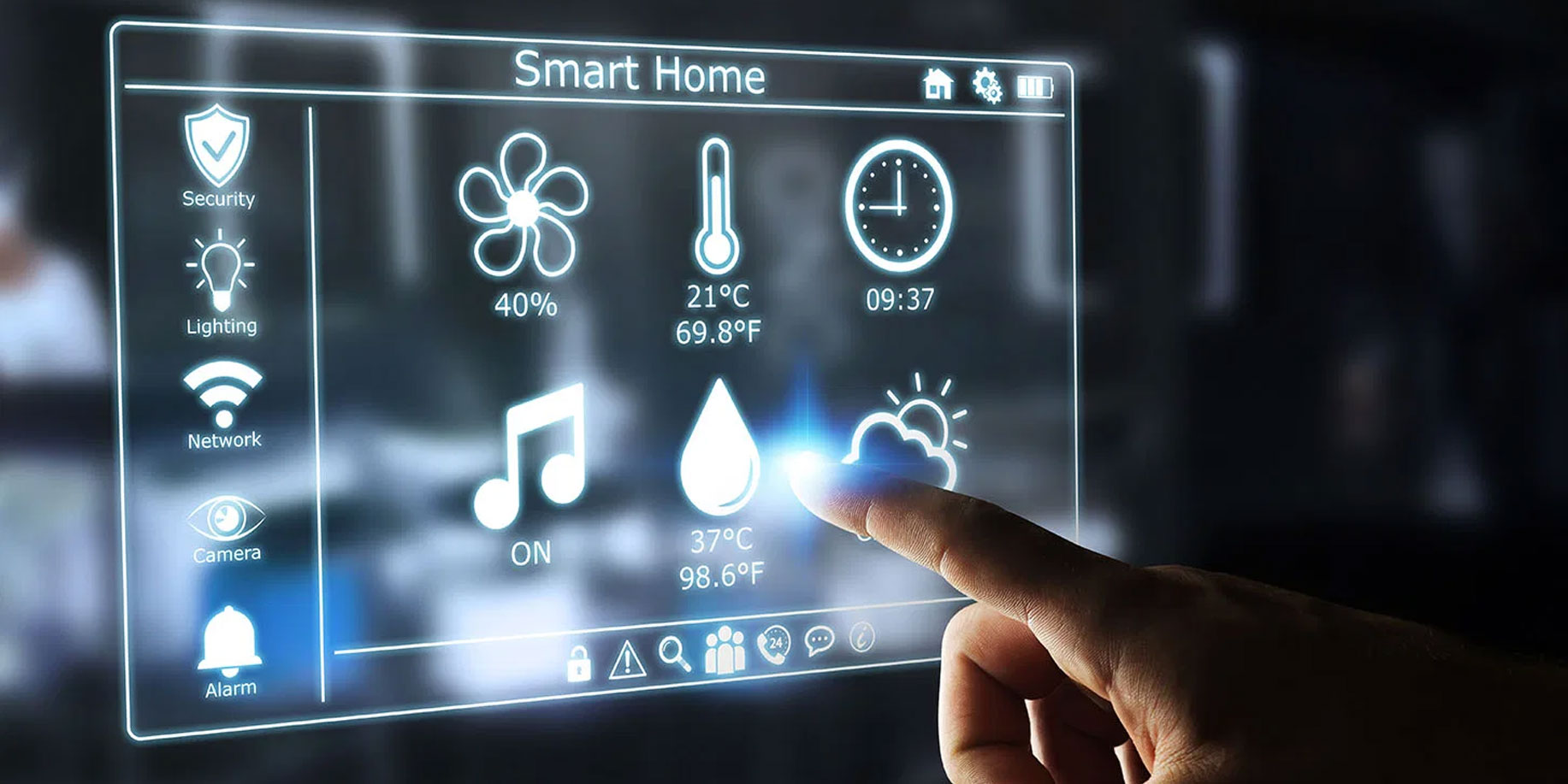The smart devices – aptly named for filling our time with anything and everything that our hearts desires. We have the most incredible technology right at our fingertips giving us immediate access to what is happening in every part of the world. It has the tools to connect us to everyone that we have ever crossed paths with through social media. We can build businesses and brands from sharing content and networking. We can watch tv and movies and fill all our time with what vloggers have purchased from their last shopping trip but the downside to this is the constant strain our little peepers are now under.
I hold my hands up and admit there have been occasions when my child has been bribed with my phone as distraction – long car journeys, when I need to have an important chat with someone etc and I know I am not alone in this and there are so many apps now which encourage children to use them.
Whilst there is no scientific evidence to prove that the blue light emitted from smart devices is harmful to the eyes there are some damages that you may not be aware of and this doesn’t just affect children.
Eye strain may not seem a big deal but when we look at devices for a long time we tend not to blink as much therefore we lose lubrication in the eye. Eye drops – such as artificial tears – can be soothing when dry eye becomes irritable and uncomfortable. Dry eye symptoms can range from soreness and irritated to gritty sensations. We stock a range in store and can advise you on which ones would be suitable for you.
Another symptom can be temporary blurred vision which can be more alarming than dangerous. Headaches are also linked with eye strain.
Blue light is a big cause to disturbed sleep. The light is not natural and therefore your eyes are not responding correctly to the light. At night time you should be feeling sleepy and relaxed, but the light supresses the natural melatonin. In turn lack of sleep can then cause headaches and uncomfortable eyes.
Here are a few tips to help
1. Get outdoors – Nothing beats a good ramble in the woods or a walk by the seaside. Make your eyes take memory photos rather than using your smartphone like in the olden days.
2. Use night settings – using night settings, if your device has them. It changes the colour of the screen to yellow tones and reduces the brightness.
3. Make sure digital devices are turned off at least an hour before bedtime, no one is that interesting on Facebook anymore anyway.
4. Book in for a routine sight test every two years, from the age of three, or more often if your optometrist recommends it.



